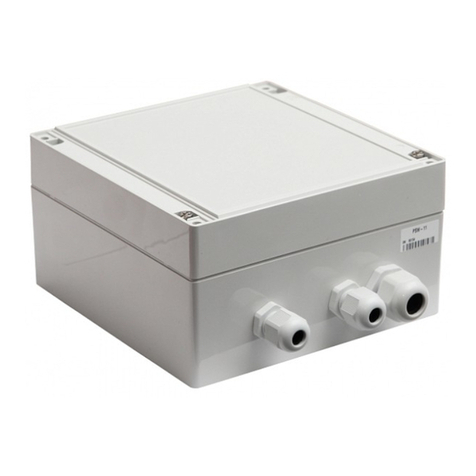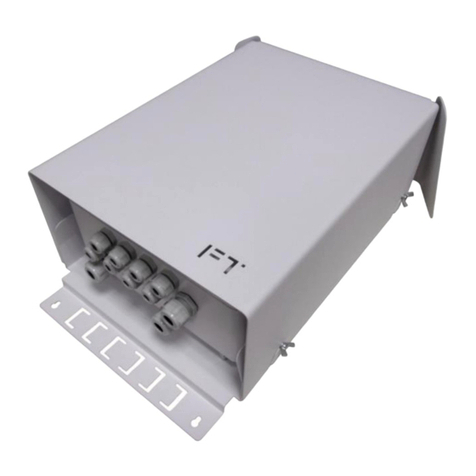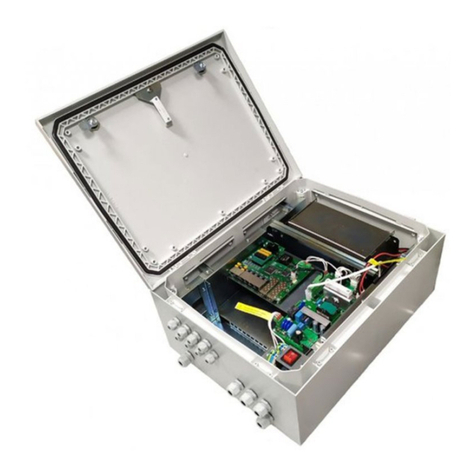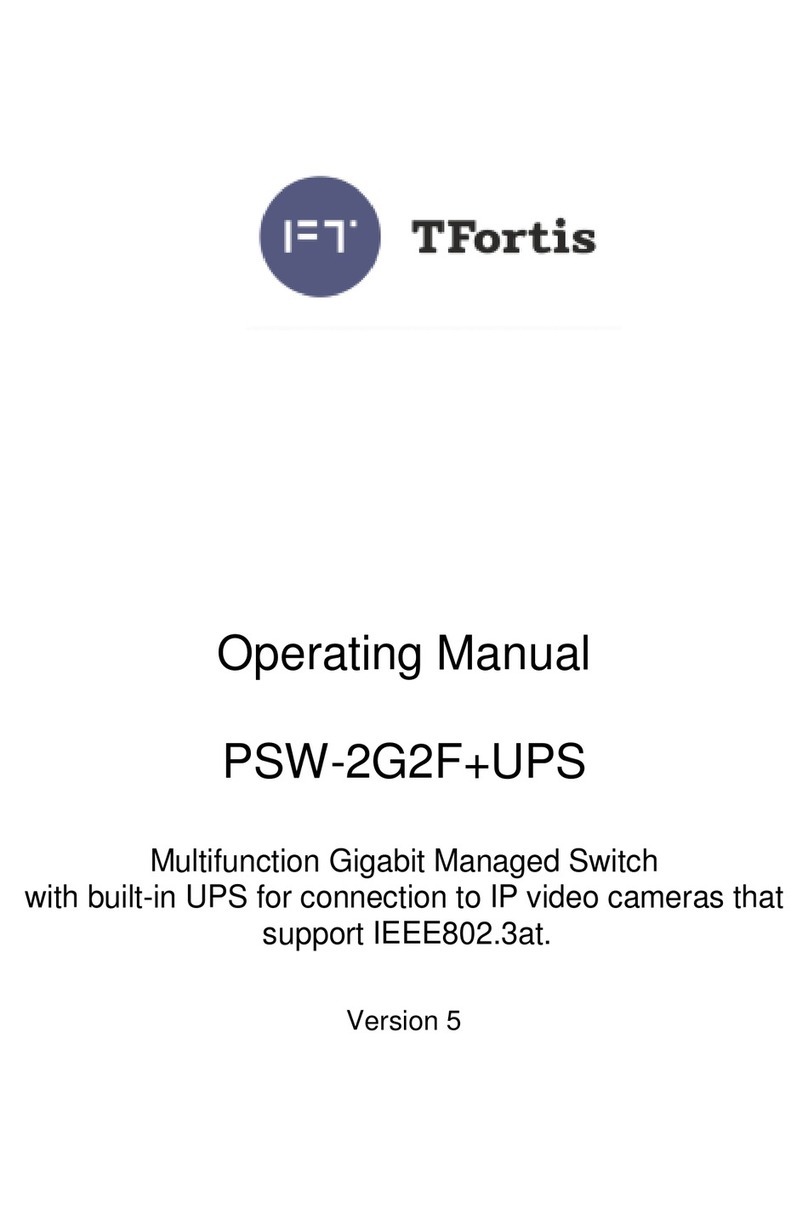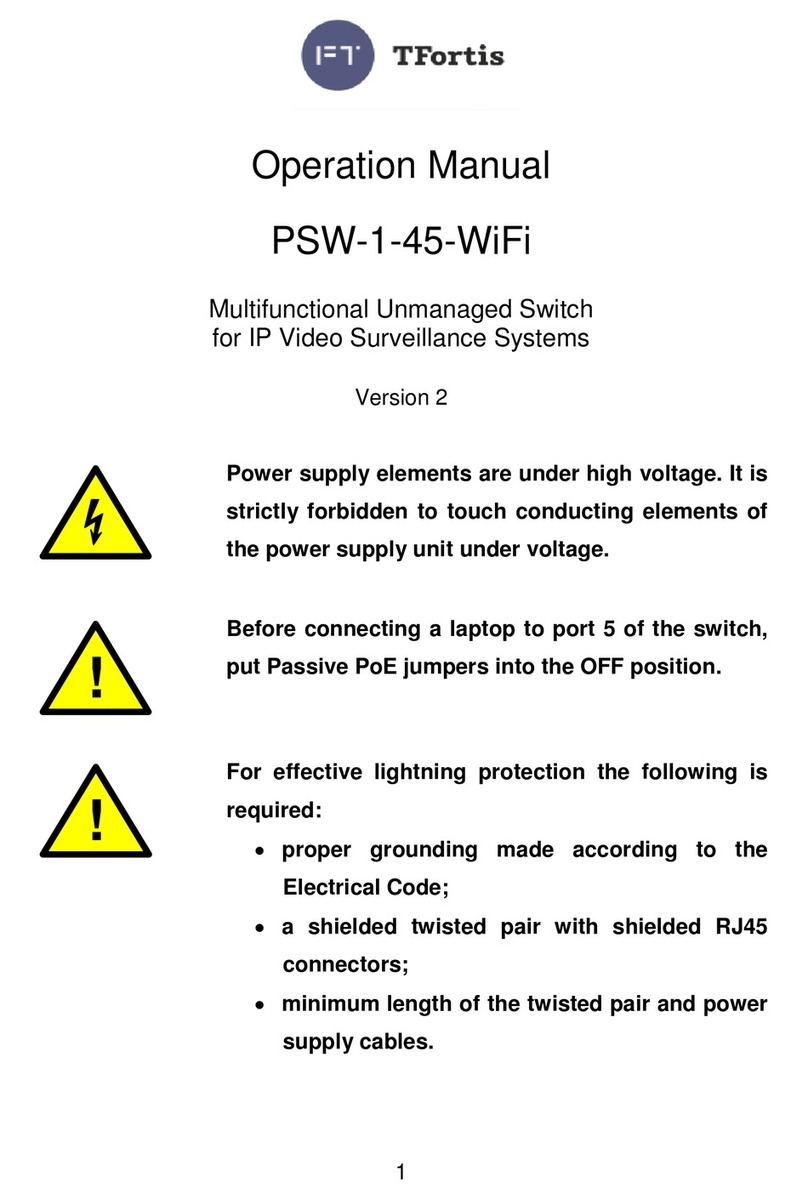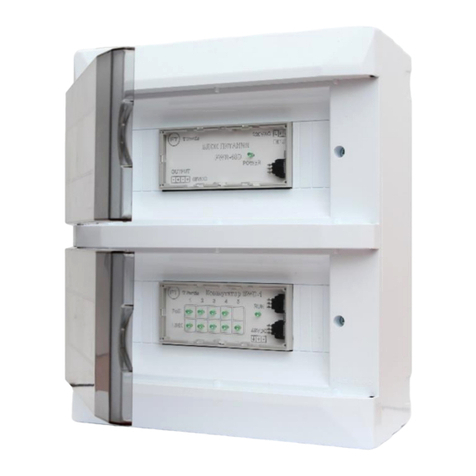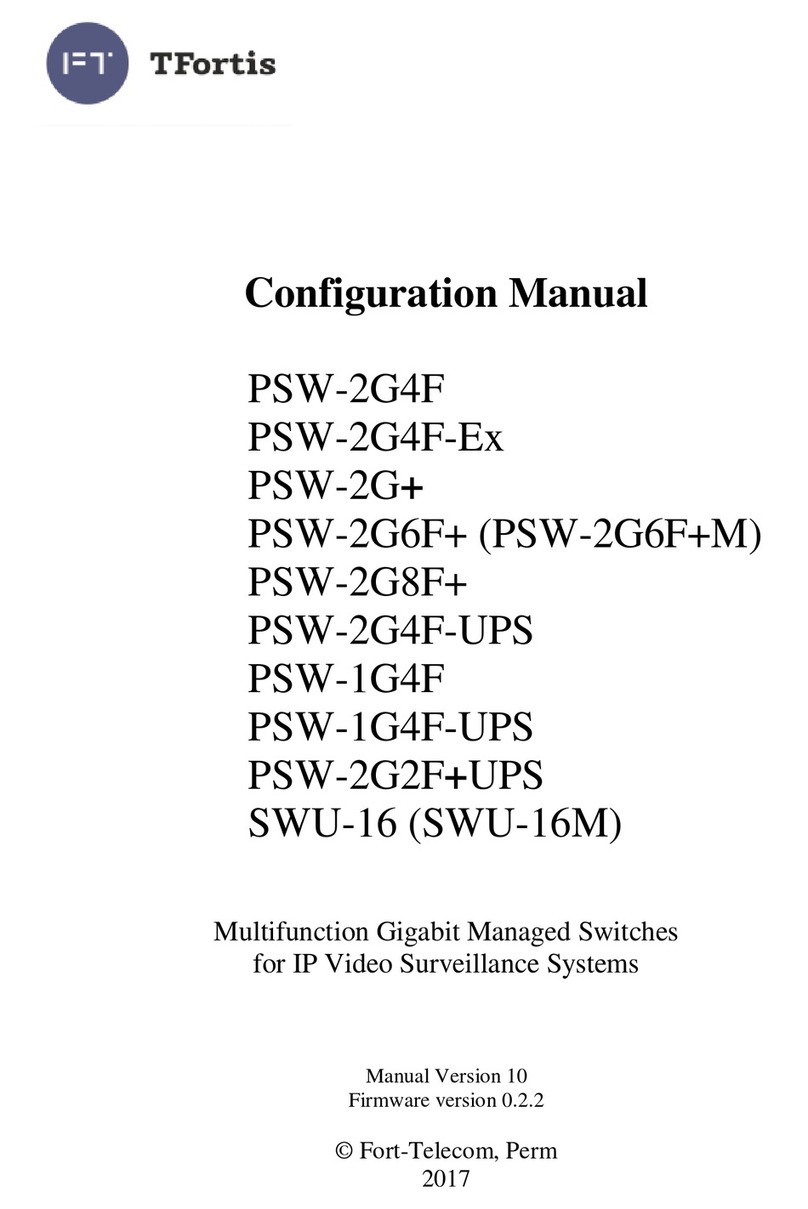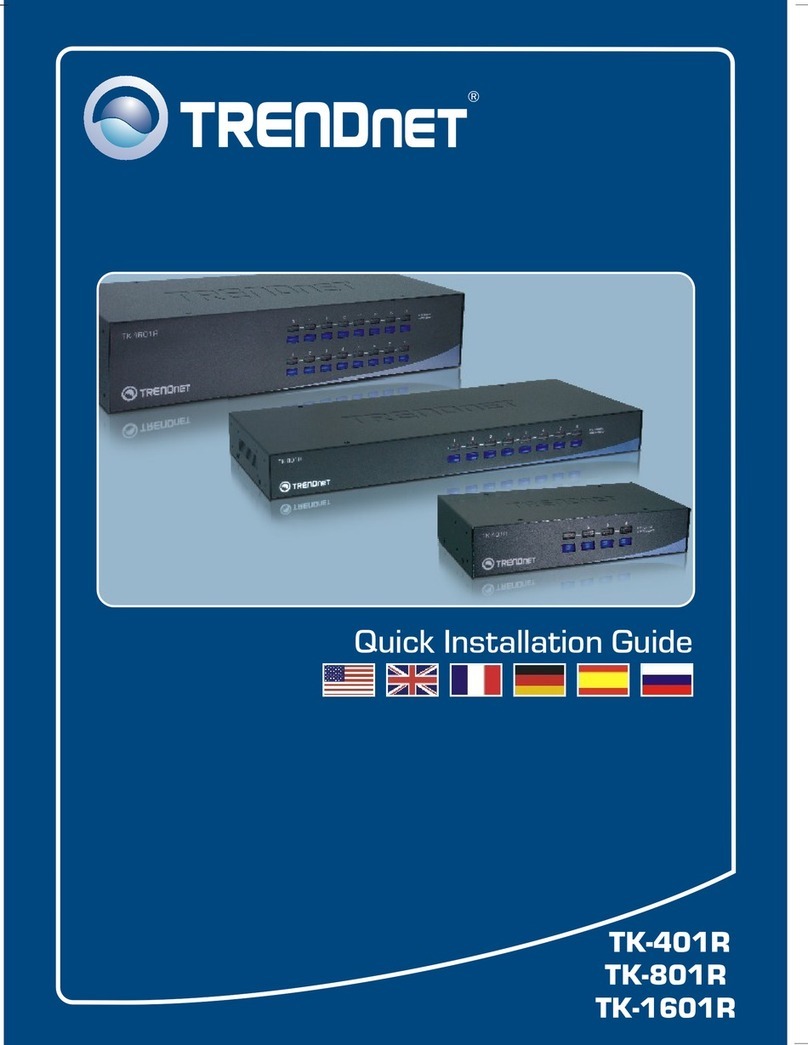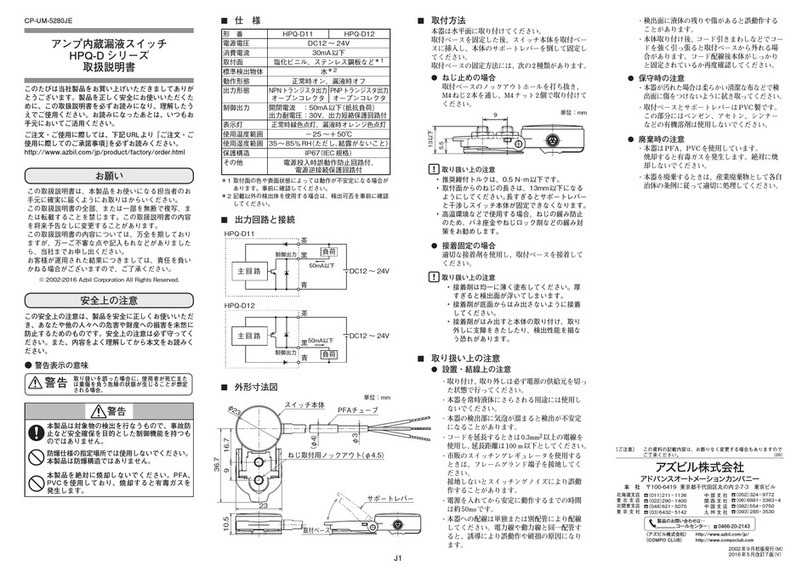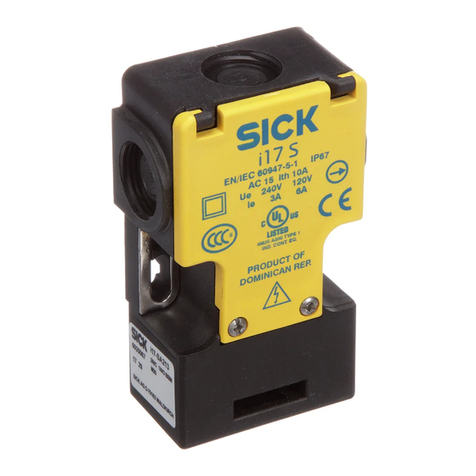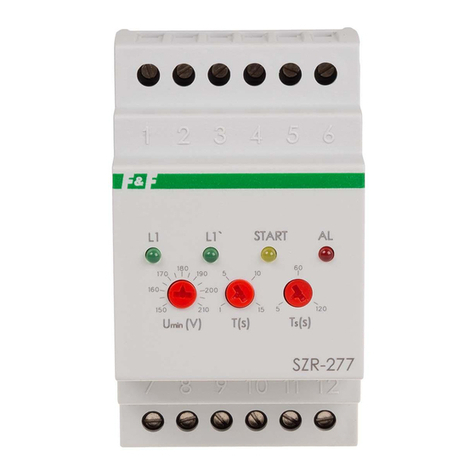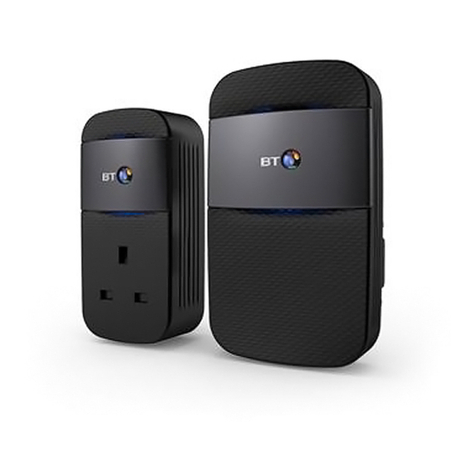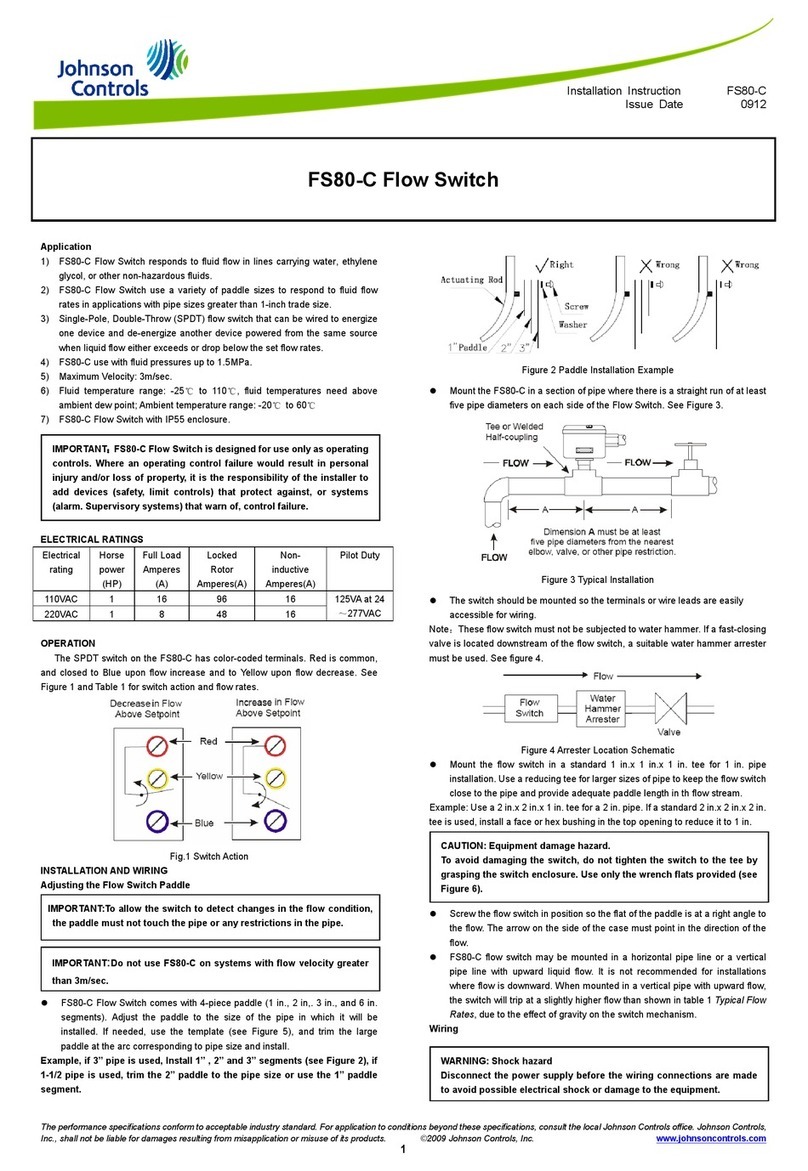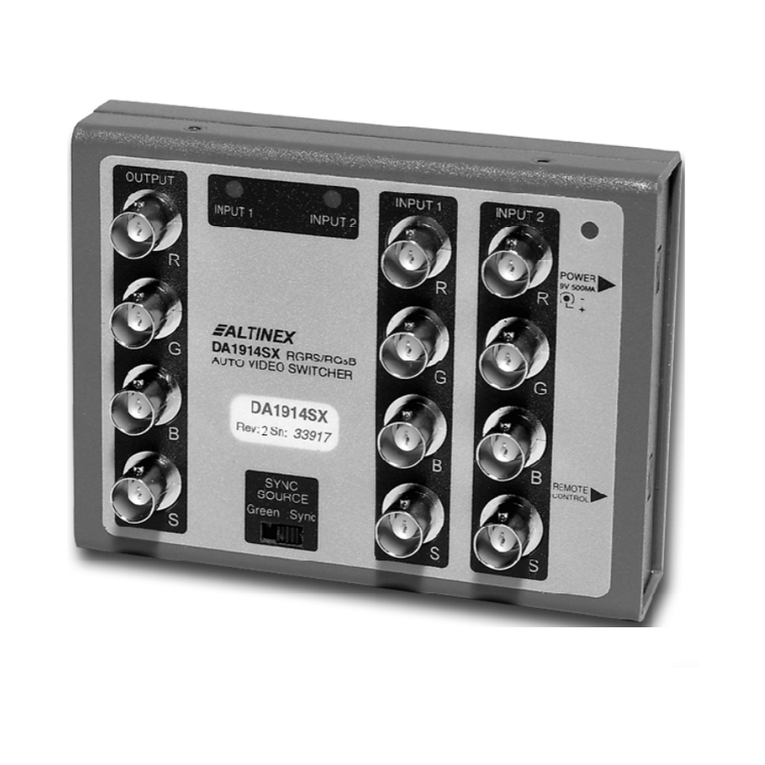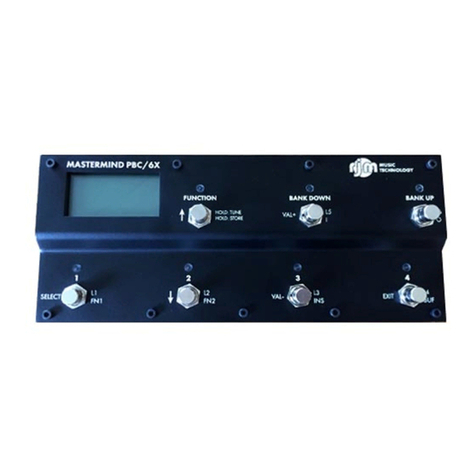
3
Table of contents
1 Purpose ...................................................................................................................4
2 Features..................................................................................................................5
3 Description.............................................................................................................7
3.1 Appearance .........................................................................................................7
3.2 Cabinet ................................................................................................................8
3.3 Optical distribution frame.....................................................................................8
3.4 Switch board and power supply units..................................................................9
3.4.1 PoE jumpers ...............................................................................................10
3.4.2 230VAC power supply backup jumpers......................................................12
3.4.3 CPU button .................................................................................................12
3.4.4 DEFAULT button.........................................................................................12
3.4.5 CPU indicator..............................................................................................12
3.4.6 DEFAULT indicator.....................................................................................12
3.4.7 PoE indicators.............................................................................................13
3.4.8 LINK indicators............................................................................................13
3.4.9 Power indicators .........................................................................................13
3.5 Dry contact.........................................................................................................13
3.6 Tamper sensor...................................................................................................13
3.7 Integrated lightning protection ...........................................................................15
3.8 DIN rail and automatic circuit breaker ...............................................................15
3.9 Automatic circuit breaker...................................................................................16
3.10 Additional functions..........................................................................................16
3.10.1 Cold start...................................................................................................16
3.10.2 Restarting cameras in case of hanging ....................................................16
3.10.3 Cable tester...............................................................................................17
3.10.4 Remote camera polling.............................................................................18
4 Technical specifications.................................................................................18
5 Operating conditions........................................................................................19
6 Preliminary setting............................................................................................19
6.1 Resetting the switch to factory settings .............................................................19
6.2 IP address setting..............................................................................................20
6.3 User name and password setting......................................................................20
6.4 Setting PoE on ports..........................................................................................21
6.5 Switching on camera housing preheating..........................................................21
6.6 Activation of redundancy protocols....................................................................22
7 Installation of the switch................................................................................22
7.1 Installation of the cabinet on the wall.................................................................22
7.1 Installation of the cabinet on lamp posts ...........................................................23
7.3 Optical connections ...........................................................................................23
7.4 Power supply connection...................................................................................24
7.5 Camera connection............................................................................................25
8 Manufacturer's warranty.................................................................................26
9 Technical support..............................................................................................27
Schedule......................................................................................................................27
